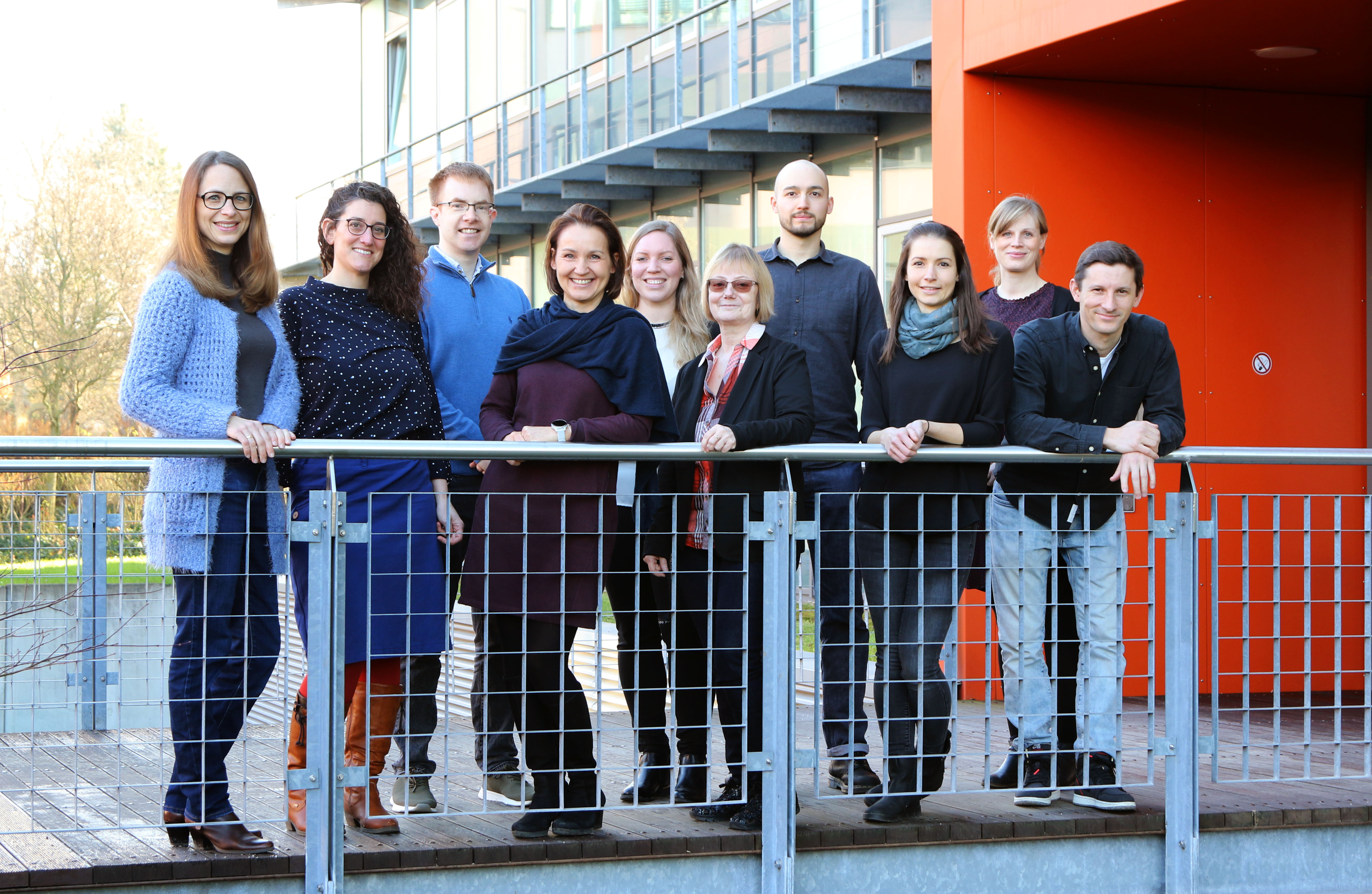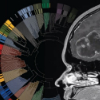[Translate to En:](Kopie 1)
(copy 1)
Spotlight - Div. Jones
Multiomic neuropathology for improved diagnostic accuracy
Tumors of the central nervous system (CNS) are the leading cause of cancer-related mortality in children. The current World Health Organization (WHO) classification of CNS tumors reflects the full developmental complexity and distinct brain tumor entities. These tumours are clinically and biologically highly diverse and include a wide spectrum of benign neoplasms that can frequently be surgically removed (e.g. pilocytic astrocytoma), or highly malignant tumors that respond poorly to any therapy (e.g. glioblastoma).
The large diversity of CNS tumor types affecting children and adolescents results in disparate patient outcomes and renders accurate diagnosis challenging. To assess their utility in routine neuropathology, the study prospectively integrated DNA methylation-based CNS tumor classification and targeted gene panel sequencing of tumor and constitutional DNA with blinded neuropathological reference diagnostics for a population-based cohort of > 1,200 newly-diagnosed pediatric patients. Both techniques increased diagnostic accuracy in a substantial proportion of patients through annotation to i) refining DNA methylation classes (50 %), ii) detection of diagnostic or therapeutically relevant genetic alterations (47 %), iii) or identification of cancer predisposition syndromes (10 %). Discrepant results by neuropathological WHO based and DNA methylation-based classification (30 %) were enriched in histological high-grade gliomas. In this group, prospectively assigned molecular risk groups predicted prognosis substantially more accurately compared with standard WHO grading. Based on prospective data, this study is the first report indicating superiority of DNA methylation-based CNS tumor classification in accurately predicting outcome compared to conventional “state-of-the art” neuropathology.
Sturm D, Capper D, Andreiuolo F, Gessi M et al, and Jones DTW. Multiomic neuropathology improves diagnostic accuracy in pediatric neuro-oncology. Nature Medicine 2023 accepted.

Left: courtesy by Dominik Sturm. MRI scan of the brain region in a child with a clear visible tumor, next to it a colored circle of DNA methylation-based classification of childhood brain tumors with a broad range of specific signatures helping, together with histopathology, to improve more accurate diagnosis. Middle: t-SNE analysis of DNA methylation data from a patient cohort with published DNA methylation classes. Right: Comparison of WHO-based tumor types and DNA methylation classes. Copyright © Nature Medicine
- Anja Runge, PhD (Project Manager)
- Anna-Lisa Böttcher, PhD (Project Manager shared with Stefan Pfister)
- Andrea Wittmann (Technician)
- Kati Ernst (PhD Student shared with Marc Zuckermann)
- Jan Vaillant (PhD Student shared with Lena Kutscher)
- Laura von Soosten (PhD Student shared with Marc Zuckermann)
- Mirjam Blattner-Johnson, PhD (Postdoc)
- Michaela Keck, PhD (Postdoc)
- Kathrin Schramm, PhD (Postdoc)
- Barbara Jones, MD (Physician Scientist, UKHD)
- Elke Pfaff, MD (Physician Scientist, UKHD)
- Dominik Sturm, MD (Physician Scientist, UKHD)
- Karam Al-Halabi (MD Student)
- Ashwyn Augustine Perera (MD Student)


